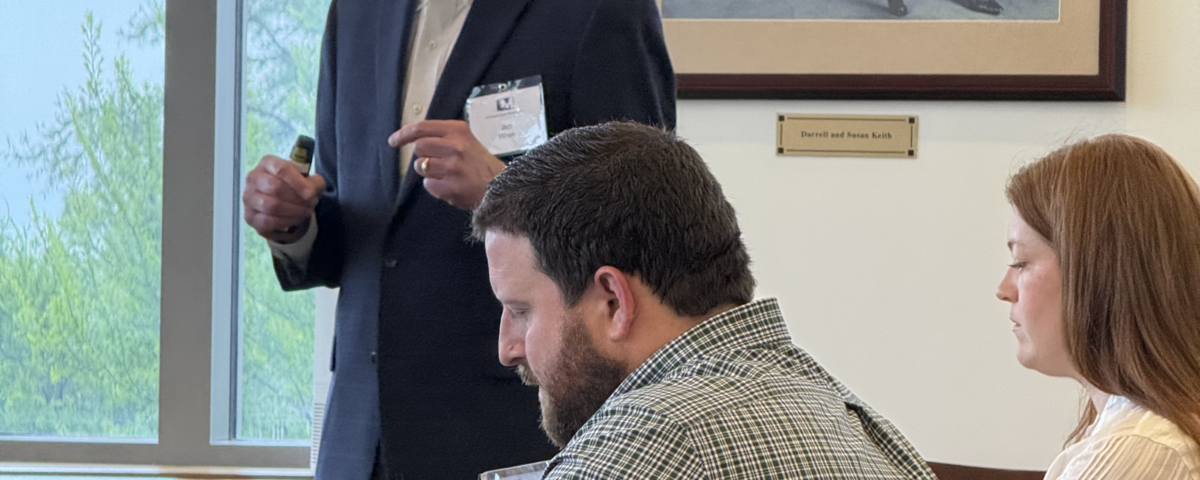Listen to this post as a podcast via notebookLM.
From years of training young trial lawyers, I can say without hesitation that mastering the art of taking effective depositions is one of the vital keys to setting cases up for successful trials. In this first installment of our four-part series on deposition basics, we’ll explore the crucial initial steps in preparing to take a deposition that delivers what you need to win in trial. (And in a subsequent four-part series coming a little later, we’ll explore the strategy behind the more advanced “admission-seeking” deposition.)
Why Are You Taking This Deposition?
Before diving into the specifics of deposition preparation, it’s essential to clarify your purpose for this particular deposition. Ask yourself:
- Is this deposition purely for discovery purposes, to find out what you don’t know?
- Do you intend to use this deposition testimony in trial as evidence in your case?
- Are you considering using the deposition both ways, for discovery and for its testimony in trial?
- Are you primarily taking a defensive approach to guard against surprises?
- Or are you on the offensive, aiming to obtain admissions to use in building your case?
Understanding your objectives will shape your entire approach.
Setting the Right Tone
The tone you choose for your deposition can significantly impact its effectiveness. Let’s explore three common approaches:
- Rude and Attacking: I only mention this approach because I see it, and it might seem particularly tempting against poorly-prepared witnesses. But I recommend against it, especially in video depositions. Skilled opposing lawyers will find ways to feed a video clip of your deposition demeanor to you for dinner in front of the jury and enjoy watching you eat it.
- Kind and Empathetic: When used well, this approach can be highly effective for conducting a “soft cross” of the witness. It can help build rapport and potentially lead to more candid responses. However, only adopt this style if is authentically you. Faked kindness does not sell well with juries.
- Respectful and Matter-of-Fact: This is often the most effective approach, especially when it aligns with your natural style and you’re well-prepared. It allows you to maintain control while remaining professional and credible.
Choosing Your Organizational Format
The structure of your deposition can greatly influence its effectiveness. Consider these formats:
- Chronological: This approach is excellent for laying out a story or making your questions easy to follow. It can be particularly useful when dealing with complex timelines or a series of events with fact witnesses.
- By Issue: When you need to focus on specific topics one at a time, this format can help you systematically dive deep into each separate area of concern. This is often a useful format with expert witnesses.
- By Document: If your case heavily relies on documentary evidence, this approach can be helpful. It can be a tedious approach, but useful for clarifying key documentary evidence for use as exhibits to tell the story in a case.
- Random Order: This unconventional approach is recommended only when you suspect a witness is fabricating a story. By jumping from topic to topic unpredictably, you make it harder for a dishonest witness to maintain consistency in their false narrative. However, this method requires extensive preparation and a clear strategy for reorganizing the information later for jury presentation.
As you prepare for your next deposition, take the time to consider these fundamental aspects. Your choice of purpose, tone, and organizational format will set the foundation for a successful deposition that serves your overall litigation strategy.
In our next installment, we’ll delve deeper into planning techniques to further enhance your deposition skills. Stay tuned to elevate your deposition game and become a true master of the art!
About the Author

Professor Jim Wren is the Leon Jaworski Chair of Practice and Procedure at Baylor Law, the Director of the Baylor Practice Court Program, and the Co-Director of the Baylor Executive LL.M. in Litigation Management. He graduated with a J.D. cum laude from Baylor Law in 1980. He added an M.A. in International Relations from the University of Kent at Canterbury in 1982.

